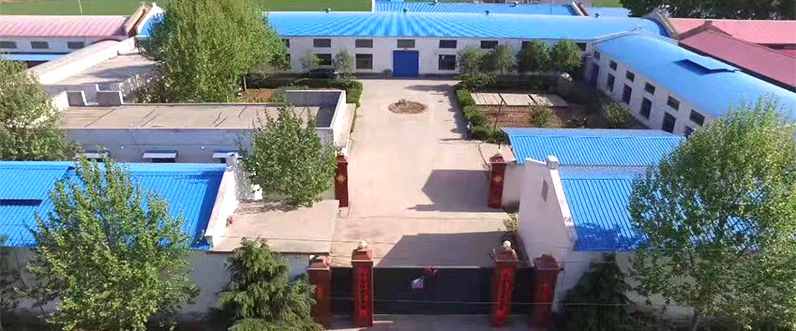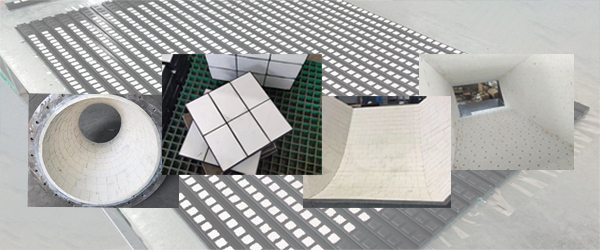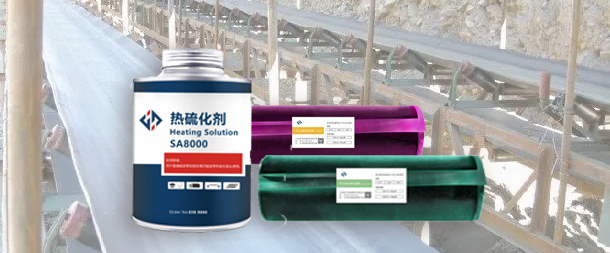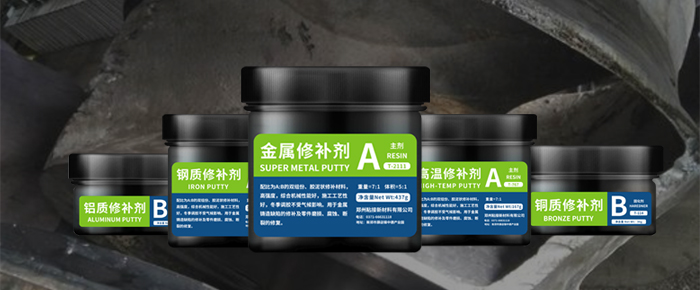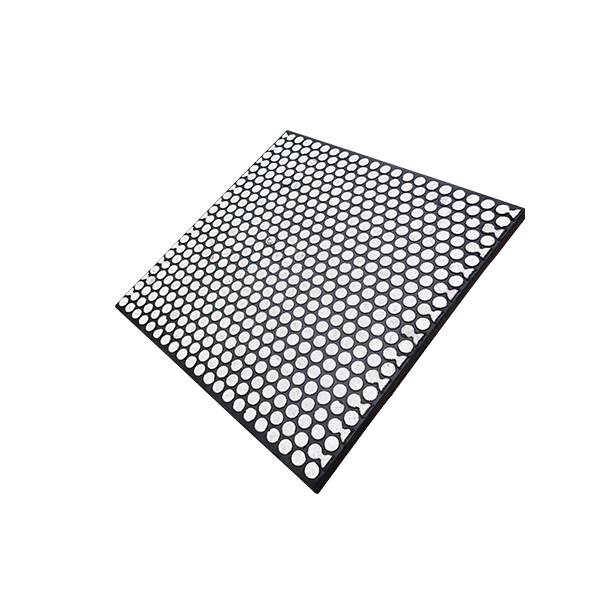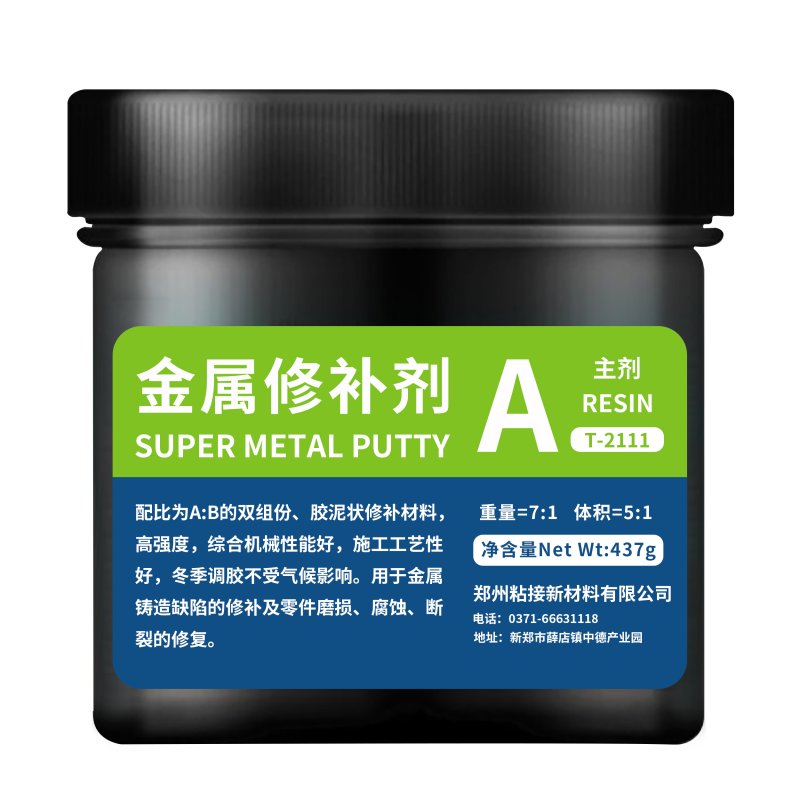Conveyer belt repairs can drive down productivity by taking your operation offline.
If you are unprepared for a breakdown, the race to repair can be hectic and stressful. More importantly, a quality and lasting repair is critical to stop further issues.
At Tianlihe New Materials, the method used for repairing a damaged conveyer belt involves hot vulcanized splicing and high-quality repair materials for Grade I/II, Neoprene, nitrile, EPDM, and SBR belts.
Continuous heavy use of the belt means a repair should be durable and long-lasting, giving production the ability to continue without regular stoppage.
Hot vulcanizing is an excellent option for belt splicing and can be used in a variety of fixes or new installations. Its benefits include bond strength, longevity, and durability.
Hot Vulcanizing Method And Procedure
Hot vulcanizing is a method of repair that uses both heat and pressure to join repair materials with compromised sections of the belt. The belt must be cleaned and free of all oily, greasy substances before starting.
Typically, the damaged portion of the belt is removed or trimmed down, and a new section is bonded in its place using an adhesive like glue or cement. Often, technicians will overuse the adhesive, subscribing to an “if a little is good, then a lot is better” approach, but that isn’t necessarily true. The belt is then cured to bond the materials.
The hot vulcanizing method is ideal for cuts or tears, holes or breakdowns between steel cords and fabric. It can be executed in dusty environments and is suitable for all types of belts with varying widths and thickness.
Bond Strength
Conveyor belts take a significant amount of punishment throughout their lifespans. A splice is invaluable when it returns a damaged belt to its former strength.
Other splicing methods, including cold vulcanizing and mechanical splicing, can manage a repair and are often faster than hot vulcanization. The tradeoff, however, is their bond strength is depleted because these processes don’t utilize heat and pressure.
Hot vulcanization splicing allows the belt to regain its former strength, offering reduced corrosion and increased life.
Durability
When a conveyer belt is damaged and then spliced, the repaired section can be vulnerable.
Other splicing methods don’t ensure the same strength level, reducing durability. Over time, rigorous use under harsh conditions can cause faster deterioration and eventually the need for more splicing or a complete replacement.
With mechanical splicing, the metal can wear down over time. It simply doesn’t match the long-term benefits of hot vulcanizing. While it is a quick and easier fix, mechanical splicing also has drawbacks. The metal used to bond can puncture or tear away from the rubber compounds.
Hot vulcanizing’s procedure provides a more aggressive bond, offering added durability that other methods lack. The repaired belt can stand up to constant use with a lower risk of repeat issues and equipment downtime.
Longevity
Hot vulcanization is a better method for splicing because of its ability to extend the longevity of a belt.
While other methods can repair damage and allow for continued use, they will often lead to a shorter lifespan once repaired. Cold splicing can get an operation back up and running more rapidly due to its simplified process. The splice, however, will fail far earlier than a splice made with hot vulcanization due to a lack of bond strength.
Tianlihe New Materials Co. is the leader in hot vulcanized splicing and repair materials for heavyweight belts. Contact us for more information about our belt splicing capabilities
